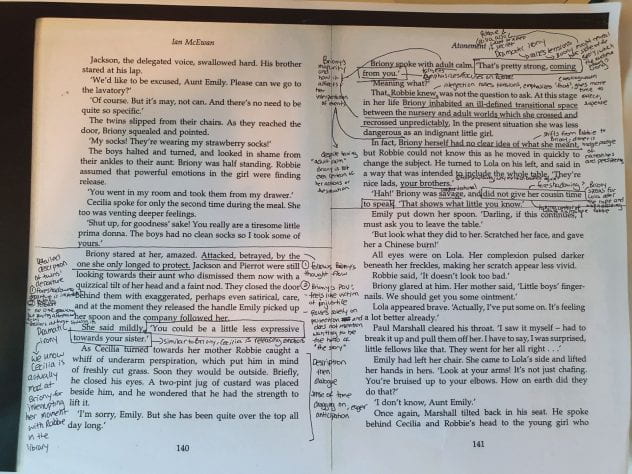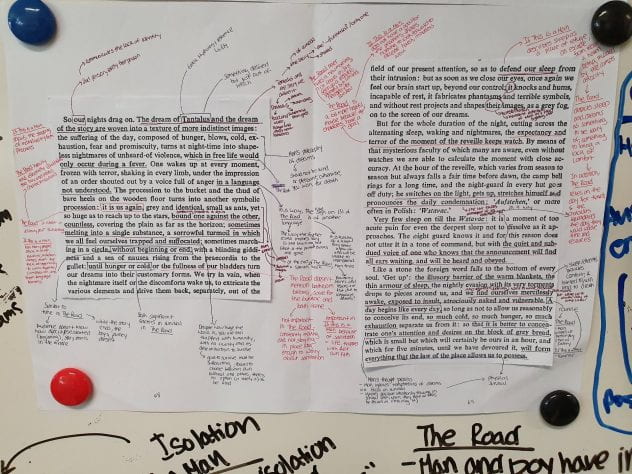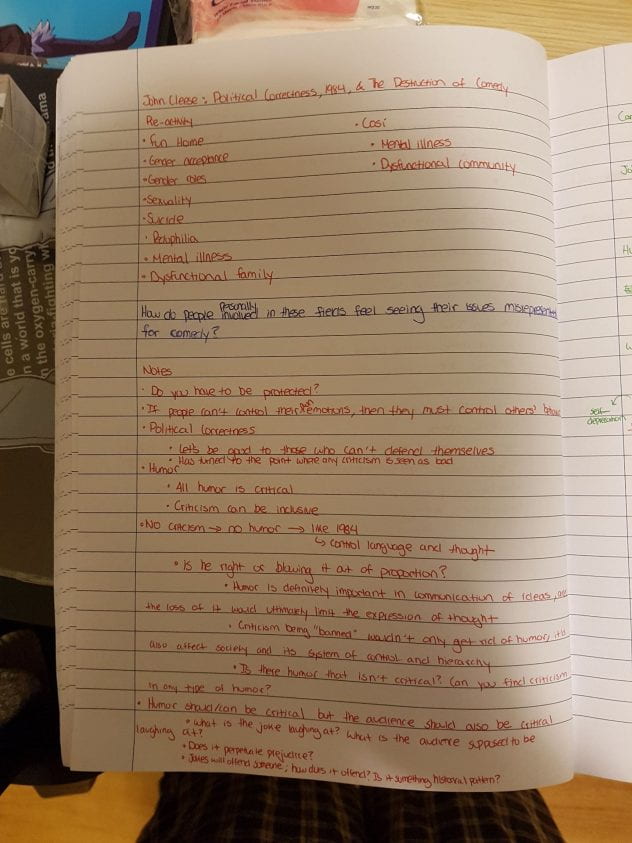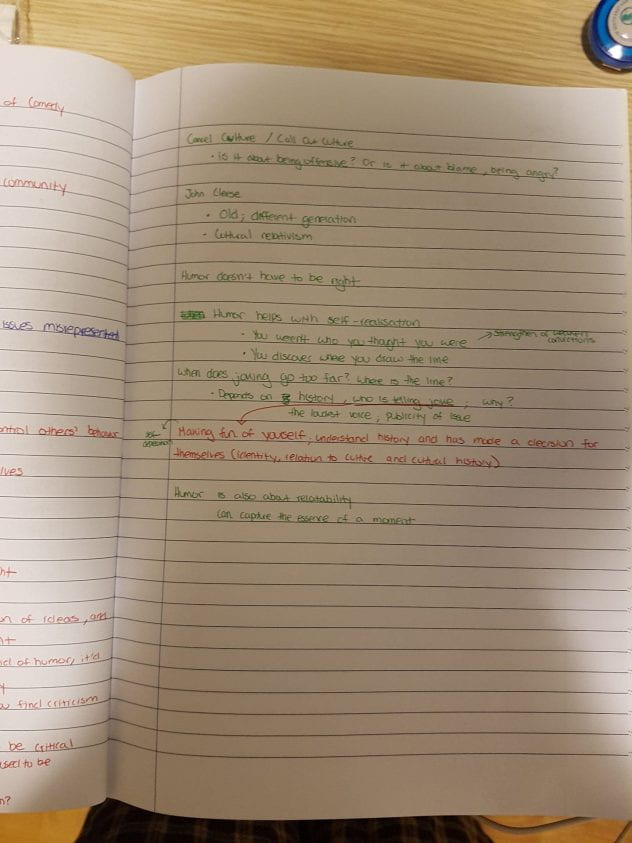The extended metaphor of “The Vine and the Fish” compares invasive species (the kudzu and the Asian carp/silverfin) to Asian Americans. In a way, the metaphor works. For one, it seems to say that, in a capitalist society such as the USA, immigrants (in the case of the article, Asian Americans) are seen as “invaders” and something to eradicate unless they contribute meaningfully to the economy. A second meaning that arises from the metaphor is that Americans see immigrants as “invaders”: something initially useful but ultimately detrimental to the American environment and lifestyle; and eventually the idea engrains itself into the minds of Asian Americans. in a way, the invasive species not only represents Asian Americans but also the internal racism that Asian immigrants learn. Hook seems to be criticising the American tendency to categorise people into strict groupings, and then exclude people based on these categorisations, when the situation is a lot more nuanced; for example, the kudzu, while an invasive species, offers many benefits like a source of nutrients or being able to be made into shampoo. In fact, she points out that language plays a large role into this categorisation and exclusion; the fact that the Asian carp is connected to Asians and the fact that Trump calls the coronavirus the “Chinese virus” makes it easier for people justify excluding immigrants.
However, from an environmentalist perspective, the metaphor becomes unstable. Because, regardless of the economic benefits that kudzu or the Asian carp offers, it is undeniable that invasive species destroy native ecosystems and environments. By adhering to the metaphor set by Hook, it would seem that the most obvious solution would be to stop immigration completely. Hook simplifies two complex situations to create her metaphor. Likewise, the metaphor ignores the voices of Native Americans, who would be the actual native environment being “invaded” in the context of the metaphor, not the voices of white Americans.













